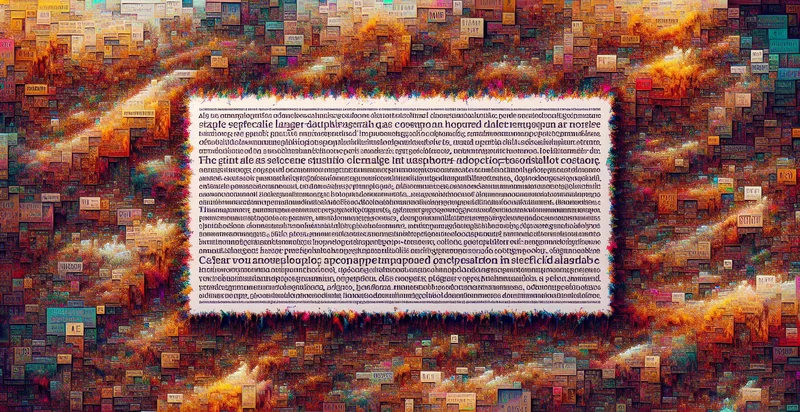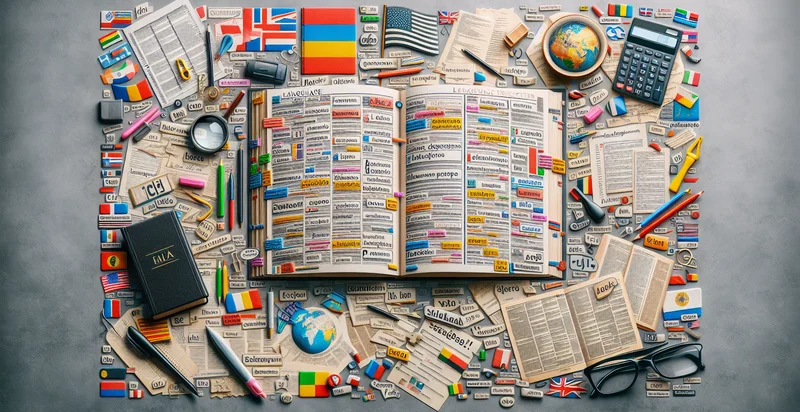Identify what language a postcard is in
using AI
Below is a free classifier to identify what language a postcard is in. Just input your text, and our AI will predict what language a postcard is in - in just seconds.

Contact us for API access
Or, use Nyckel to build highly-accurate custom classifiers in just minutes. No PhD required.
Get started
import nyckel
credentials = nyckel.Credentials("YOUR_CLIENT_ID", "YOUR_CLIENT_SECRET")
nyckel.invoke("what-language-a-postcard-is-in", "your_text_here", credentials)
fetch('https://www.nyckel.com/v1/functions/what-language-a-postcard-is-in/invoke', {
method: 'POST',
headers: {
'Authorization': 'Bearer ' + 'YOUR_BEARER_TOKEN',
'Content-Type': 'application/json',
},
body: JSON.stringify(
{"data": "your_text_here"}
)
})
.then(response => response.json())
.then(data => console.log(data));
curl -X POST \
-H "Content-Type: application/json" \
-H "Authorization: Bearer YOUR_BEARER_TOKEN" \
-d '{"data": "your_text_here"}' \
https://www.nyckel.com/v1/functions/what-language-a-postcard-is-in/invoke
How this classifier works
To start, input the text that you'd like analyzed. Our AI tool will then predict what language a postcard is in.
This pretrained text model uses a Nyckel-created dataset and has 44 labels, including Arabic, Basque, Bengali, Bosnian, Bulgarian, Catalan, Chinese, Croatian, Czech and Danish.
We'll also show a confidence score (the higher the number, the more confident the AI model is around what language a postcard is in).
Whether you're just curious or building what language a postcard is in detection into your application, we hope our classifier proves helpful.
Related Classifiers
Need to identify what language a postcard is in at scale?
Get API or Zapier access to this classifier for free. It's perfect for:
- International Mail Sorting: Postal services can utilize this function to automatically identify the language of postcards, streamlining the sorting process. By categorizing mail based on language, operators can ensure that postcards are routed to the correct regional offices for efficient handling.
- Tourism Marketing: Travel agencies can assess the languages used in postcards sent from various tourist destinations to tailor their marketing strategies. Understanding which languages are prevalent in certain areas can help agencies craft personalized promotional material for potential clients.
- Customer Feedback Analysis: Businesses that receive postcards from customers can use this function to determine the language of the feedback they're receiving. This allows companies to respond appropriately and ensure effective communication with their diverse clientele.
- Cultural Research: Scholars and researchers studying cultural trends can analyze the languages used in postcards over time to understand linguistic shifts. This data can contribute valuable insights into cultural exchange and migration patterns.
- E-commerce Personalization: Online retailers sending postcards for promotions can leverage this function to customize content based on the language identified on the postcards they receive from customers. This targeted approach can enhance customer engagement and satisfaction.
- Art and Design Projects: Artists and designers working on postcard collections can use this tool to gather inspiration based on the language and themes present in received postcards. This can help them create more culturally relevant designs or artwork that resonates with specific demographics.
- Language Learning Tools: Educational platforms can use this classification feature to develop language learning modules based on real postcards. By analyzing the language used in postcards, they can create contextual lessons that enhance learners' understanding of practical language use.


